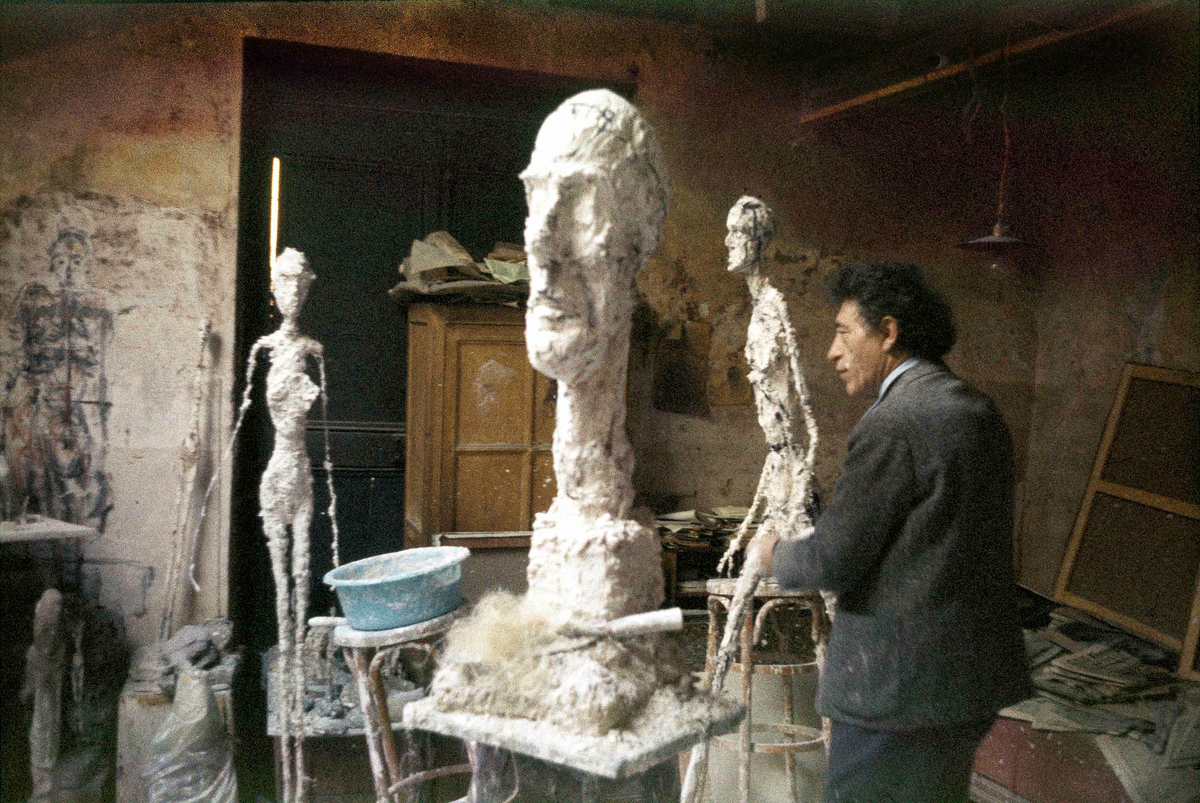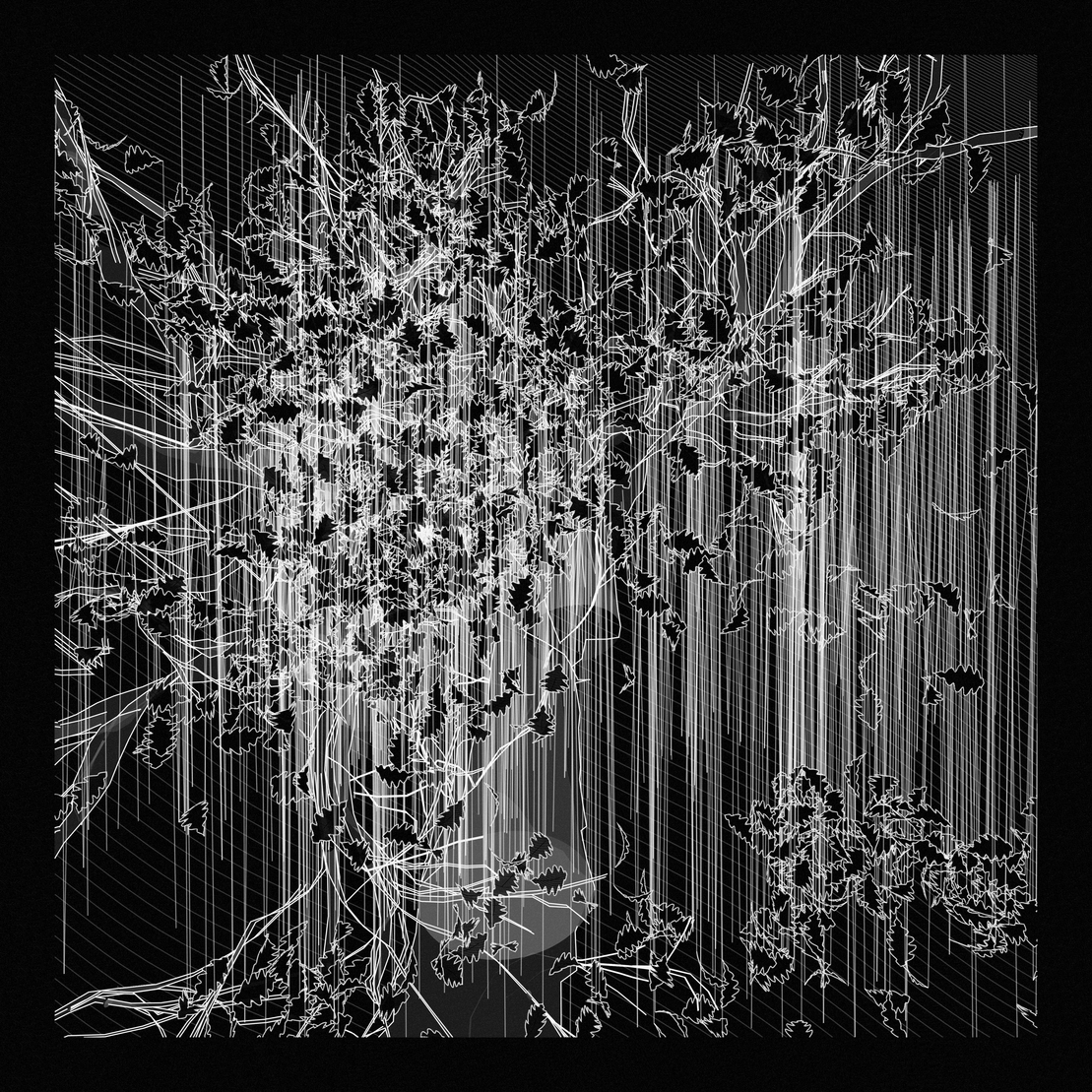
Unfinished Perfection
written by ozzie
First published as an editorial for the TENDER Pass holder Insights Newsletter.
Writing poems is my way to find peace of mind, but I’ve never conceived of selling, much less publishing, my writings to the expansive public. These poems were never perfect — they were never meant to be perfect.
Nonetheless, in January, I promised myself that I’d work on growing as an artist by finishing, perfecting, and publishing pieces that I’d left open-ended. Yet here I am a whole nine months on from that promise, and still, nothing has been published. During that time, my imperfect poems suddenly felt flawed and burdensome; I wanted them to look, feel, and read differently, but any attempts I made at changing their DNA felt out of character.
It took me until this very day to realize that the flaw isn’t in my poetry, but that perfection is itself a flaw, for it isn't the perfection that defines my work, rather it’s the imperfections that make my work uncompromisingly mine.
project name project name project name
In today’s fast-paced blockchain-based generative art world, evolutionary leaps in the craft come thick and fast. That has everything to do with why we’re witnessing the most complex generative art pieces ever — artworks that raise the bar higher with every drop. The ever-increasing qualitative aspect of generative art means that for every work published, there are probably countless others that will never see the light of day due to their authors being afraid, like I was, of missing the mark on perfection.
Alberto Giacometti, the renowned Swiss surrealist sculpture maestro and one of the greatest artists of the twentieth century, is my favorite example of someone who entered into the unfinished perfection loop yet managed to find the secret to knowing when an artwork is truly finished. In a 1947 letter to Pierre Matisse, he explained how he often worked his fingers to the bone until his sculptures became so tiny that with one touch of his knife they were turned into dust.
project name project name project name
Giacometti would rarely accept that his works were ever finished up to the point that when the Sainsbury family (who still own multiple of his pieces) needed to get one of his works signed, they were rightfully warned not to hand over the sculpture as he’d never return it. He concluded his oeuvre with the avowal that it is impossible to recreate the ideal piece that wanders through the mind, and that the more he worked, the more he saw things differently. That is, everything gains in grandeur every day, becomes more and more unknown, more and more beautiful.
As I write this very first guest editorial for the Tender curatorial community, I can’t leave you without mentioning "unfinished" by rudxane and A Bugged Forest by zancan, two of my favorite generative art pieces that touch on the concept of accepting incompleteness and unexpected errors.
Generative art, as it is part of nature itself, will never cease evolving — the quest for excellence is and will be everlasting. While questing, submitting ourselves to imperfections has the power to lead to the creation of unique instances of artistic expression, which to many others can be perfection itself.
C’est enfin fini.

